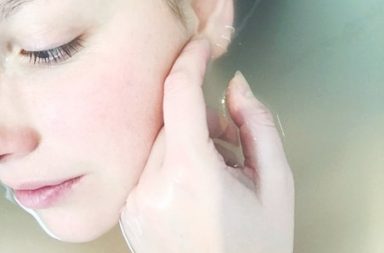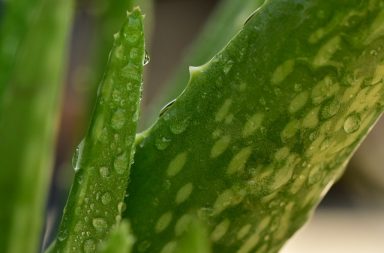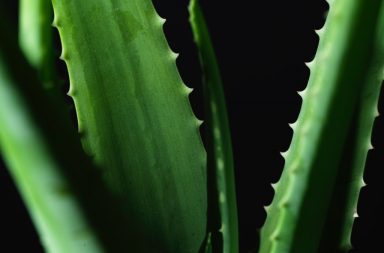After putting in the time, care, and patience to clear up acne, the most frustrating things is having to deal with the acne scars that remain. But don’t fret! You can make DIY face masks for acne scars and redness using ingredients you have at home!
Yes, understandably the last thing you want to do after clearing up acne is deal with more skincare products. Particularly as over-the-counter products can contain harsh ingredients and chemicals.
Well, if you want to tackle acne scars and redness using skin-kind and natural products, we may just be able to help you!
But how do you make these DIY face masks?
Well, we’re going to tell you!
Read on for recipes with the best ingredients to make DIY face mask for acne scars and redness!
Why have I got acne scars?
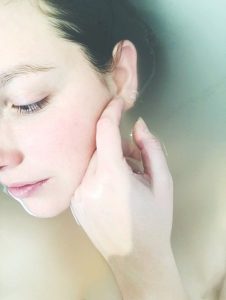
Photo credit:
Coline Haslé via Unplash
Most people think acne scars are caused by picking and squeezing the spots caused by acne.
Whilst this is true in some cases, the fact is that acne can leave scars behind regardless of how good you are at leaving it alone. And yes, that can be very frustrating!
So, if scars aren’t always caused by picking and squeezing, how do they develop?
Well, acne causes around six types of spots and these include:
- Blackheads – small yellow or black bumps in the pore; the most common spot that almost
everyone will have at some point in their lives. - Whiteheads – small but firm spots; cannot be squeezed although commonly causes scarring if picked and squeezed too much.
- Papule – small bump that is generally filled with pus.
- Pustule – small tender bumps that are red and inflamed.
- Nodule – large, hard bumps that are deep under the skin; commonly cause inflammation in the tissue.
- Cyst – large, puss-filled spots that often look like boils; can also cause inflammation and redness of the skin.
The smaller spots, such as blackheads and whiteheads, are less likely to leave scarring – unless you pick and squeeze them. Unfortunately, the larger spots such as pustules, nodules and cysts may cause scarring regardless.
This is because, as the spot causes inflammation deep into the tissue of the skin, it can cause a rupture. When a spot forms, it is due to a blockage caused by excess oil in the pore and hair follicle of the skin. The rupture happens at the wall of the hair follicle, and can cause the bacteria found in spots to spread into the tissue, leading to scars and redness.
So, the takeaway from this is that the worse the inflammation of a spot, the more likely it is to leave a scar. Of course, for those that suffer from acne, this is a troublesome issue, and leads to worry and anxiety.
But is there anything you can do to prevent scarring?
Let’s take a look!
How to prevent acne scars and redness
If you have acne scars and redness, there are things you can do to speed up the healing and fading process such as DIY face masks for acne scars and redness.
But is there anything you can do to prevent scars and redness before they develop?
Well, there are a few measures you can take:
- Begin treatment of acne – if you develop acne, visit your GP to get it under control as soon as possible. There are many treatments available to help prevent acne flare-ups and reduce the risk of scarring.
- Be gentle to your skin – if you have acne, be gentle and kind to your skin to avoid inflammation. This means avoiding harsh chemical products that can aggravate sensitive skin. Aloe vera gel is a natural product perfect for sensitive skin. It contains anti-inflammatories, anti-bacterial and antioxidant properties, that will moisturise without causing excess oil. You can use aloe vera gel as an overnight mask too!
- Don’t pick or squeeze – a fairly obvious one but easier said than done! Despite the temptation, don’t pick or squeeze your spots! You are damaging the skin further by poking your nails at it, and also increasing the likelihood of inflammation – a main cause of scarring!
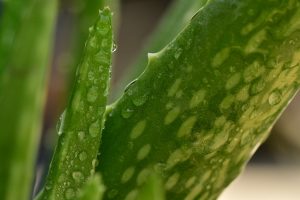
Photo credit: pisauikan via Unsplash
Remember, we all suffer from the occasional spot and pimple in our lives: it doesn’t mean you have developed acne as a skin condition. If you have the occasional pimple, you can treat these easily at home with aloe vera gel and tea tree oil!
How to: use aloe vera and tea tree oil for pimples
Of course, sometimes people are more prone to scarring, and despite dealing with your acne properly, you might still be left with scars and redness.
So, how can you treat acne scars and redness at home?
Well, let’s take a look at some natural face masks for acne scars and redness!
DIY face masks for acne scars and redness
There are plenty of natural products that can be used to reduce scarring and redness caused by acne. In fact, natural products often contain more beneficial properties than over-the-counter products – and come at half the price!
Let’s see what they are!
Apple cider vinegar and honey face mask
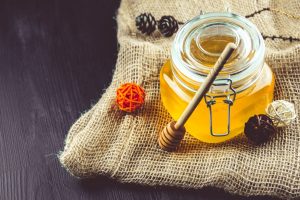
Photo credit: Bermix Studio via Unsplash
Apple cider vinegar may not smell the nicest, but don’t let that put you off! It is a powerful and natural product that contains alpha hydroxyl acids. These acids help break down dead skin cells, unclog pores and restore the PH balance, lightening scars.
Of course, honey has endless benefits, but it has properties that can help to repair skin. It can also brighten skin, and works as an anti-inflammatory to tackle that redness. Amazing!
You will need:
- Apple cider vinegar
- 100% natural honey
- Mix 1 tablespoon of apple cider vinegar with 1 teaspoon of honey.
- Apply the mixture in a thin layer to your skin.
- Leave for 15 minutes – try to ignore the vinegar smell!
- Rinse well and gently dry your skin.
You can use this face mask twice a week for best results!
Baking soda face mask
OK, so this might sound like a strange one, but baking soda is a great natural exfoliant.
In fact, baking soda helps tackle acne scars by removing dead layers of skin and exposing the fresh layers beneath!
You will need:
- 100% baking soda – not baking powder!
- Add 2 teaspoons of baking soda to a glass.
- Add water one teaspoon at a time to make a thin paste.
- Apply the mixture directly to your acne scars or redness.
- Leave for 2-3 minutes.
- Gently rinse the mixture.
You can apply this baking soda face mask daily for a couple of weeks to help reduce acne scars and redness.
Coconut oil face mask
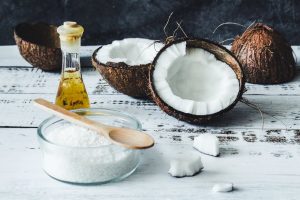
Photo credit:
Tijana Drndarski via Unsplash
Coconut oil is another miracle beauty product and is an amazing source of Vitamin E – plus it smells amazing! Vitamin E contains antioxidant properties, crucial for repairing skin and perfect for tackling acne scars.
You will need:
- 100% natural coconut oil
- Take a tablespoon of coconut oil in the palm of your hands and rub gently to warm up.
- Apply the warm coconut oil to your scars.
- Massage the area with the coconut oil for several minutes.
- Leave on your skin for up to 60 minutes.
- Gently rinse your skin and pat dry.
You can use this face mask daily as required until you see improvement in your acne scars and redness!
Acne scars are frustrating to deal with, and unfortunately it will take time for them to clear up. But luckily, in the meantime, you can use these natural products to help the healing process!
